Restricting alcohol advertising and promotion: consultation - easy read
This consultation seeks views on potential restrictions to alcohol advertising and promotion in Scotland.
Consultation on Restricting Alcohol Advertising and Promotion: Easy Read
Why do we need to reduce alcohol use?
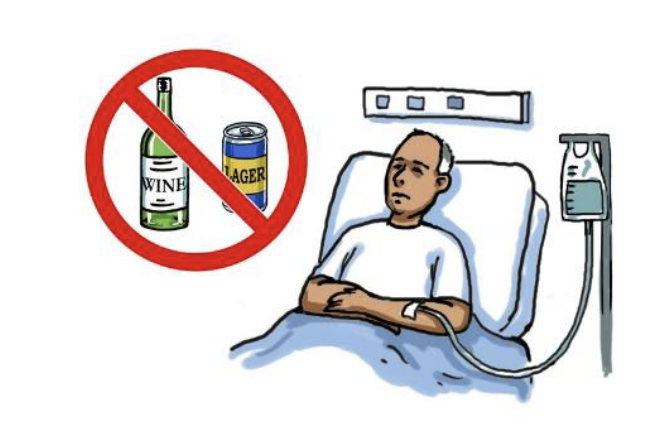
In 2021, over 1000 people in Scotland died from illnesses caused by drinking alcohol. This means around 24 people dying every week. In 2020-2021 over 35,000 people in Scotland had to stay in hospital because of alcohol. That is nearly 700 hospital admissions every week.
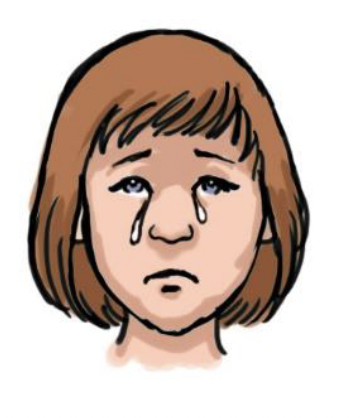
Alcohol drinking can cause someone to harm others or become a victim themselves. Children can be mistreated and stressed because of drinking in the family.
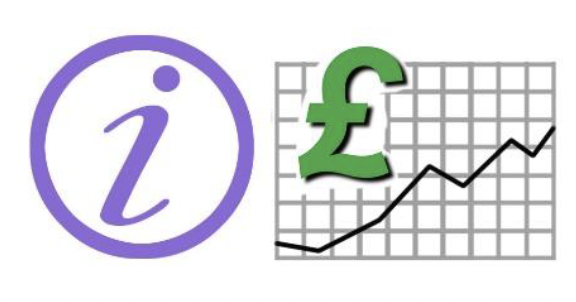
Scottish Government follows The World Health Organization's plan on reducing the 'Attractiveness' of Alcohol. Marketing is the business of finding out what customers want and using that information to sell products to them.

This consultation looks at how alcohol is advertised and promoted on television, in public spaces, through social media, sports and products. Marketing uses different activities and messages to influence customers.
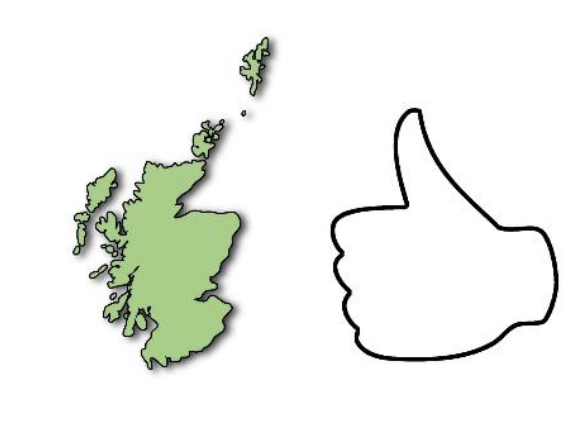
The consultation wants to benefit all people in Scotland. But it mostly looks at reducing the effect of alcohol marketing on children, young people, and people who are trying to stop drinking alcohol.
How is alcohol harmful to children and young people?

Alcohol drinking during childhood is dangerous and can harm the child's development. Children and young people are more at risk of experiencing the harmful effects of alcohol than adults.
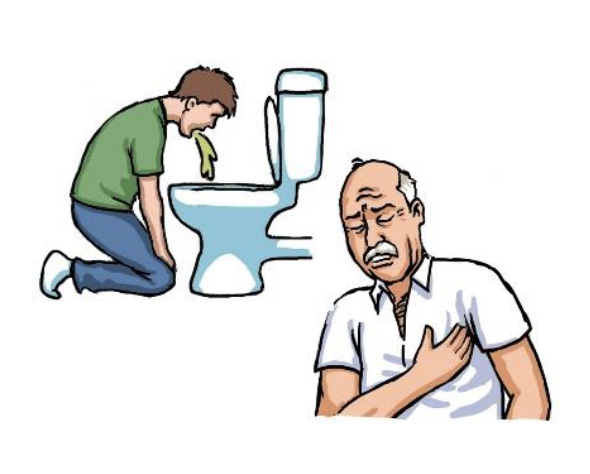
Heavy alcohol drinking for young people can lead to vomiting, injuries, mental health problems and self-harm. Children and young people who keep drinking into adulthood are at risk of serious health problems including cancer and liver and heart disease.
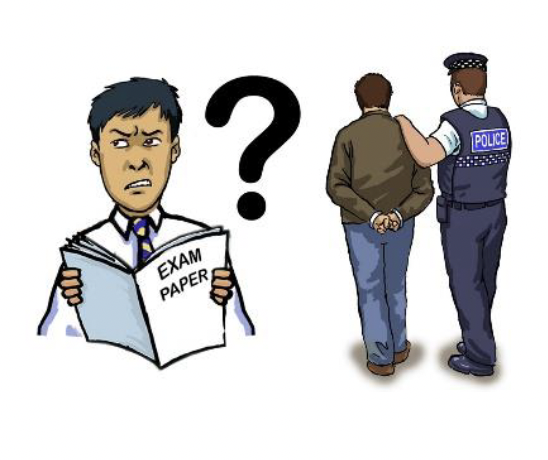
Research shows that young people who drink alcohol have poorer mental health and find it harder to learn in school than those who do not drink. There is evidence that young people who drink alcohol are more likely to commit crime.
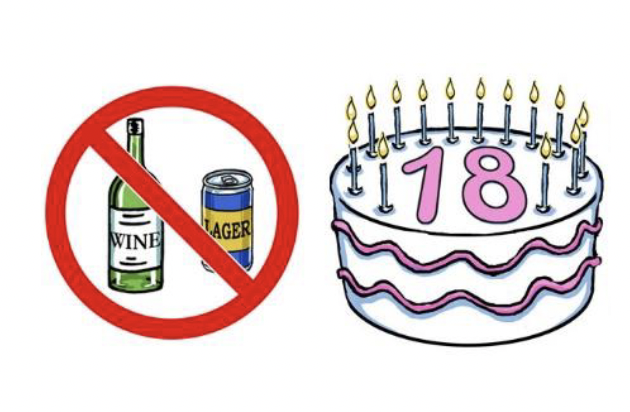
How we feel about alcohol starts when we are children and carries on as get older. Alcohol drinking in early age can cause alcohol dependence in adulthood. UK Chief Medical Officers advise no alcohol should be consumed under the age of 18.
How will reducing alcohol marketing help to reduce harm?

Children and Young People
Research of over 3,000 young people aged 11-19 years in the UK found that half of them had seen one piece of alcohol marketing every day during the previous month.
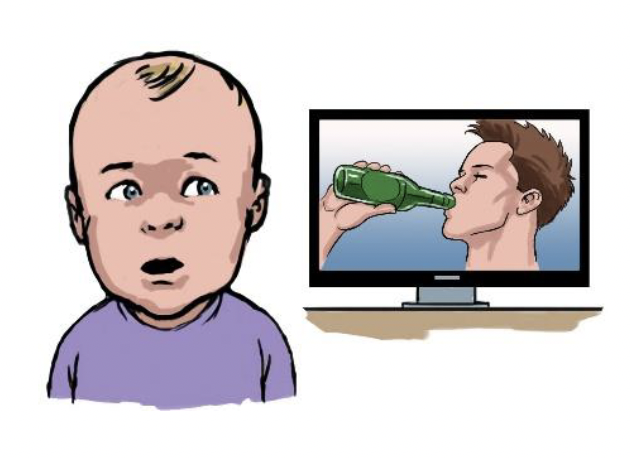
Alcohol marketing can influence children and young people to start drinking alcohol or drink more alcohol if they are already drinking. The more children and young people see alcohol advertising, the more likely they are to start drinking alcohol.

Children and young people see alcohol being advertised in a positive way such as having a good time with friends.
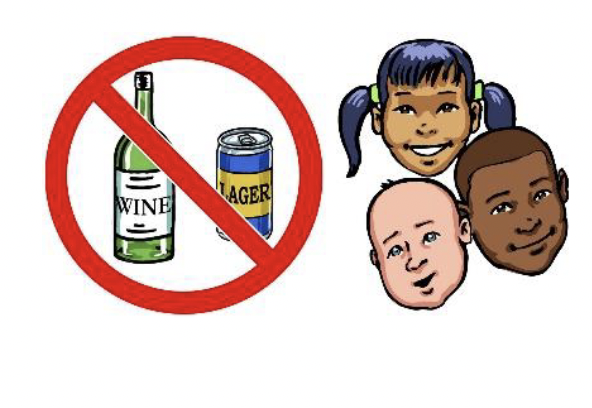
It is important to reduce alcohol advertising so less children and young people start drinking alcohol, or drink less alcohol.
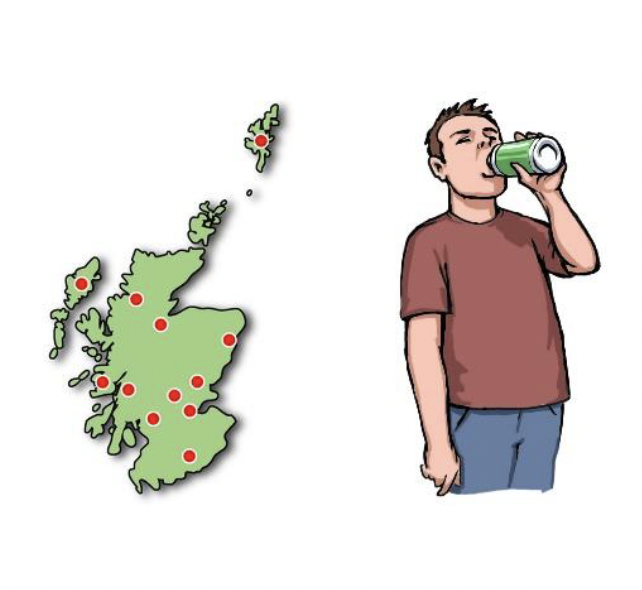
Higher-risk adult drinkers and those who are trying to stop drinking alcohol
Higher-risk adult drinkers are those who drink alcohol at levels that are harmful to their health. In Scotland around 38,000 people may be dependant on alcohol.
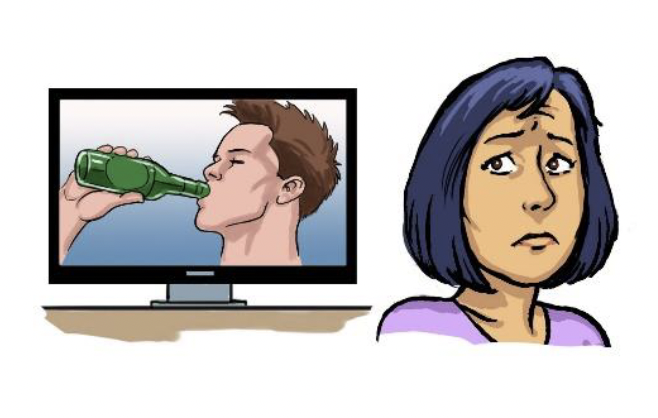
Alcohol advertising can make heavy drinkers want to drink more and make it harder for people who are trying to stop drinking alcohol. These people try to avoid alcohol marketing but this can be difficult.
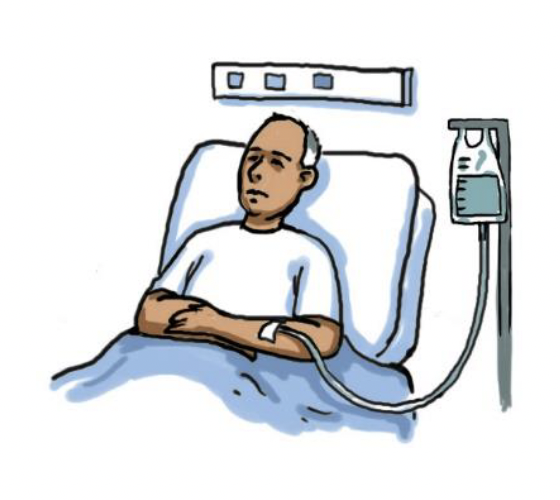
Other adults
Marketing advertises alcohol in a positive way and is likely to influence adults to drink more. This could lead to cancer and other health issues.
What are current rules on alcohol marketing?
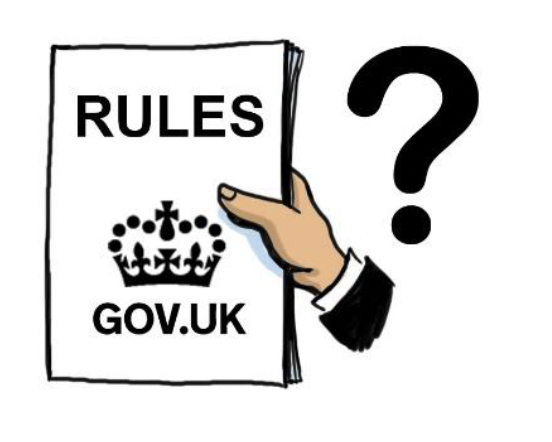
The rules around alcohol marketing are made and enforced by the advertising and alcohol industries themselves. Some of these come from the law.
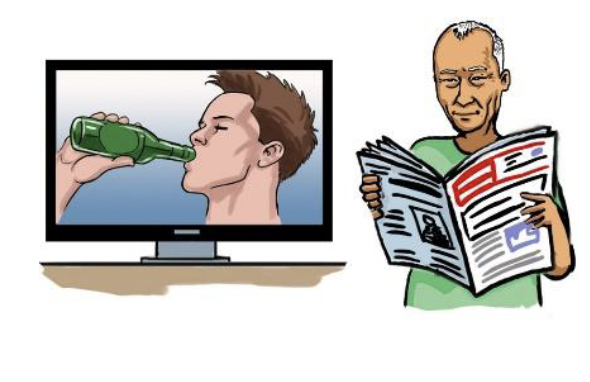
There are different Codes for different types of advertising – television, sports sponsorship, billboards etc. Codes are used like rules.
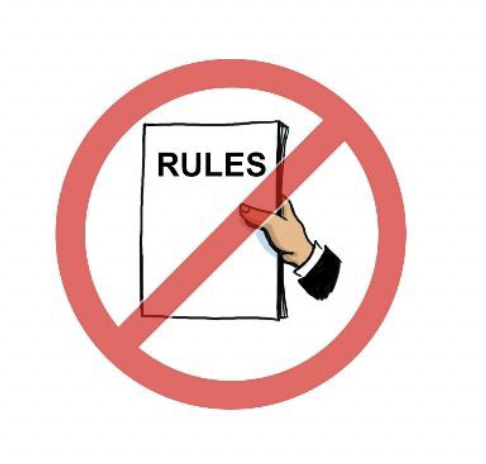
There are no rules to protect higher-risk drinkers or those who are trying to stop drinking alcohol.

We know that the Codes are not protecting children and young people, as they see a lot of alcohol marketing. We should do more to reduce alcohol marketing. The World Health Organization wants countries to reduce alcohol advertisement by following strict Government rules.
Changing the rules
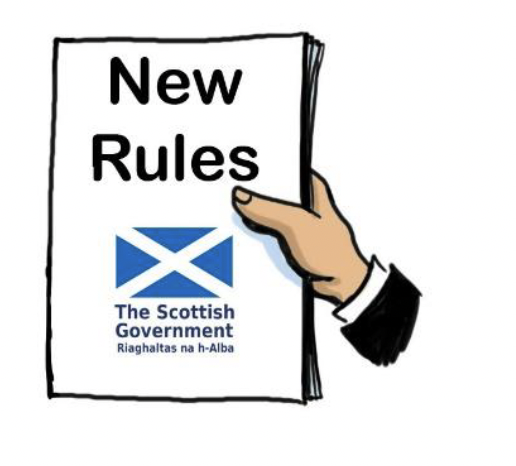
It is important that any rules on alcohol marketing cover as many areas as possible. Children and young people are exposed to many different forms of alcohol advertisement.
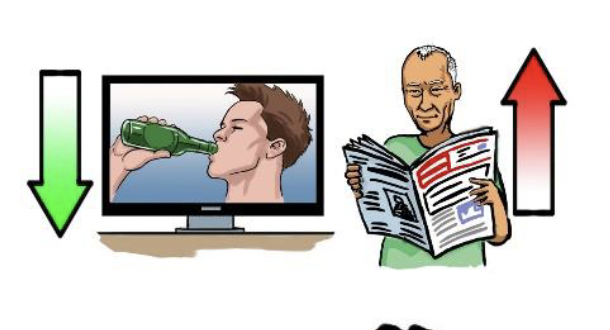
We know that when other countries have reduced alcohol advertising in one area, the advertising increases in other areas.
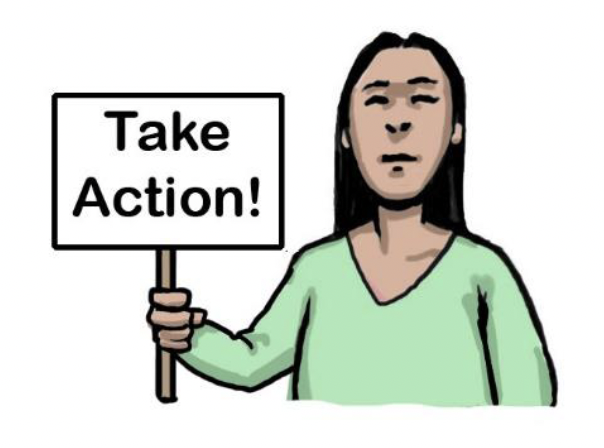
Reducing alcohol advertising on TV and radio might need action from the UK Government.
Alcohol marketing through sport
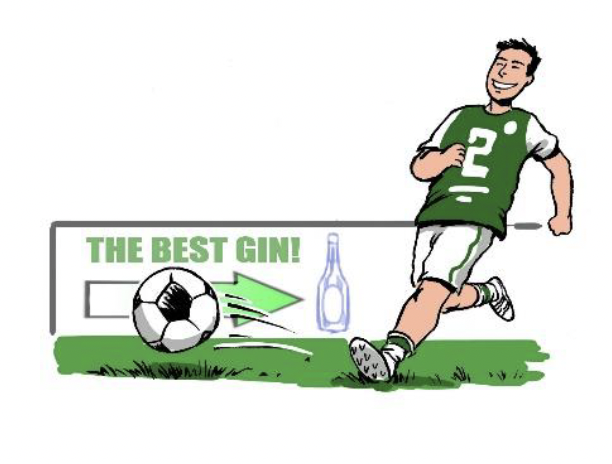
There has always been a strong link between alcohol and sports in Scotland, especially football and rugby union. This usually means that alcohol companies sponsor clubs or competitions.
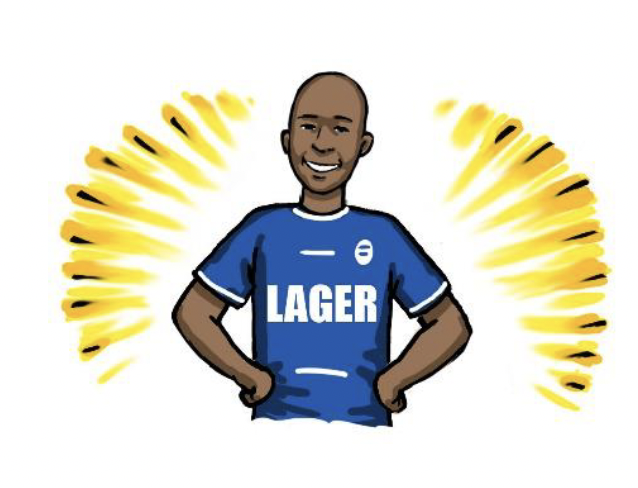
This sponsorship leads to a wide range of marketing which is designed to sell alcohol. This means alcohol brands are worn on players' strips or shown on banners at the side of the pitch. Advertising has also moved to social media and online content.
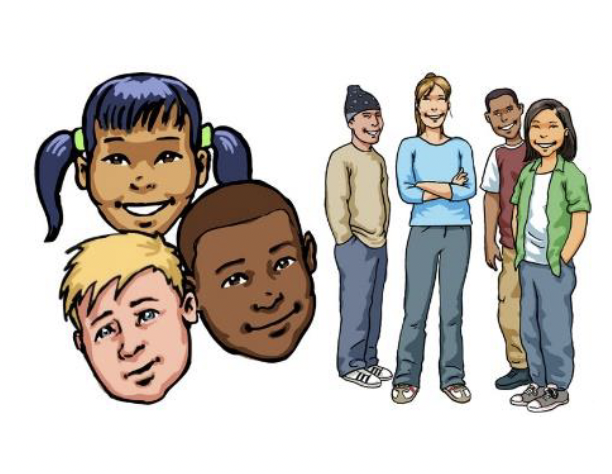
This means that alcohol advertising is clearly seen by anyone who attends a game or watches it on TV or online. This includes children and young people.
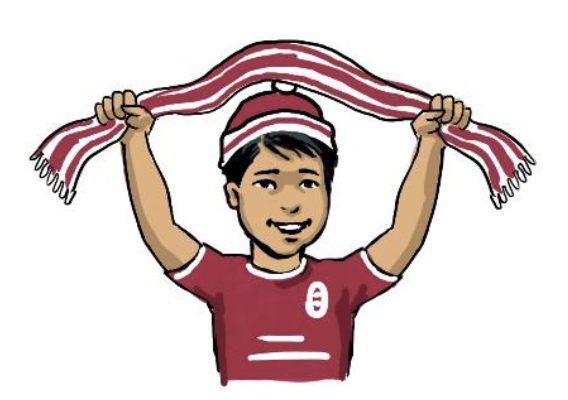
This kind of marketing works very well because people have strong connections with sports teams and players.
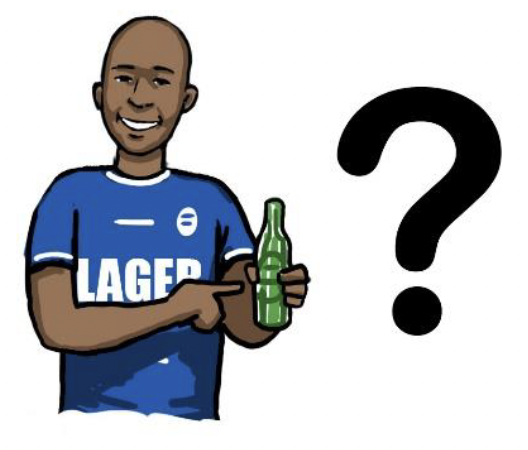
It can look like the players or team are backing a certain kind of alcohol. Children, young people and adults might want to buy this kind of alcohol, so they are more like their sporting heroes. This is also true for bands and celebrities.
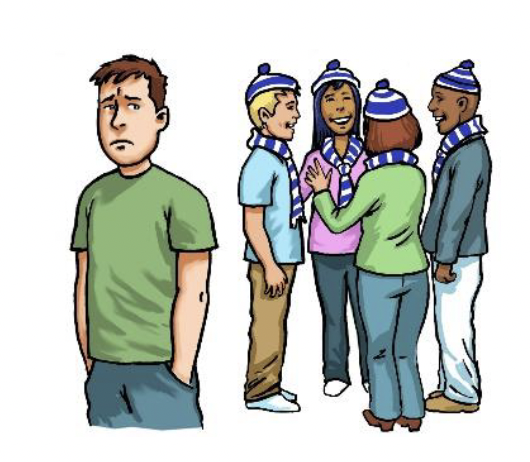
People who are trying to stop drinking alcohol may avoid sporting events for this reason.
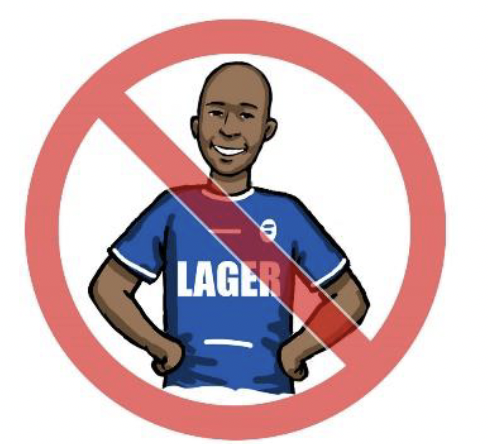
We think there should be a rule against alcohol brands being shown on sports clothing, players or managers featured in adverts. This would reduce the attractiveness of alcohol.
Alcohol marketing through events
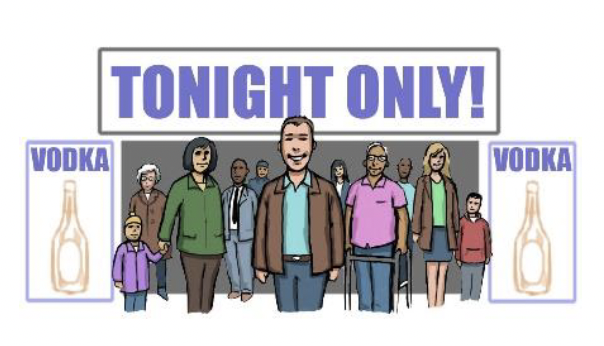
Non-sporting events, like festivals, are also sponsored by alcohol companies. These events draw in lots of people who attend in person or watch on TV or online.
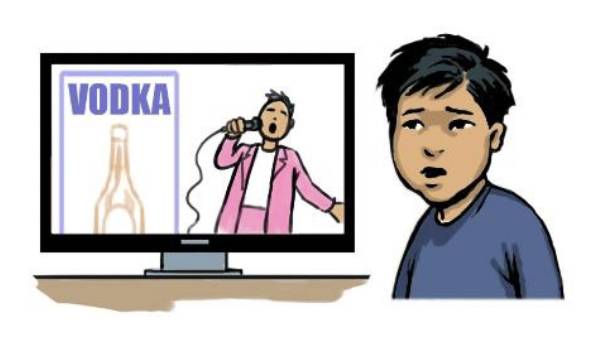
There has been no research on how much alcohol advertising is used at events or the impact it has. But it is likely that children and young people will see alcohol marketing at these events. This is also true for people who are trying to stop drinking alcohol.
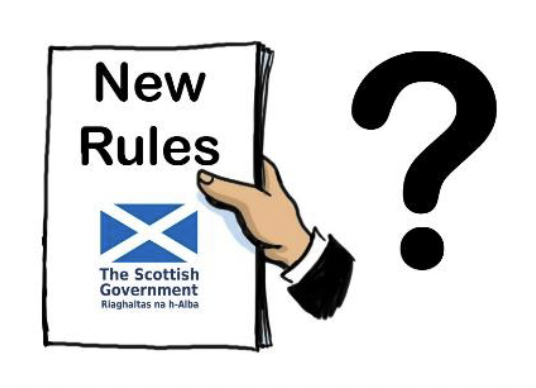
Because of this, we wonder if there should be rules covering the amount of alcohol advertising that can be seen at non-sporting events.
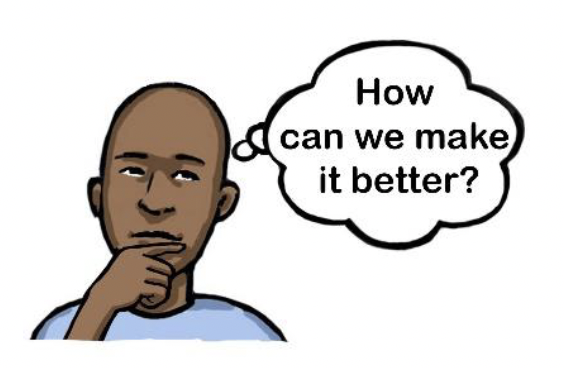
The Scottish Government understands that it would be difficult to stop alcohol sponsorship for all events without the time needed to make the changes. We understand that sponsorship contracts can last for several years.
Alcohol marketing in outdoor and public spaces
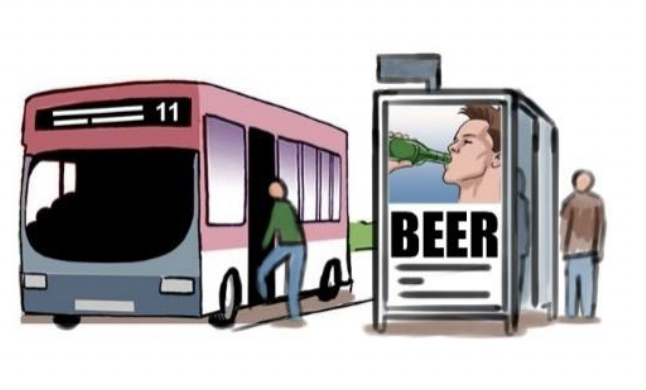
Outdoor marketing includes advertising billboards, posters and signs. These can be seen in a number of places, including on buses or taxis, in train stations, in sports centres and outside of pubs.
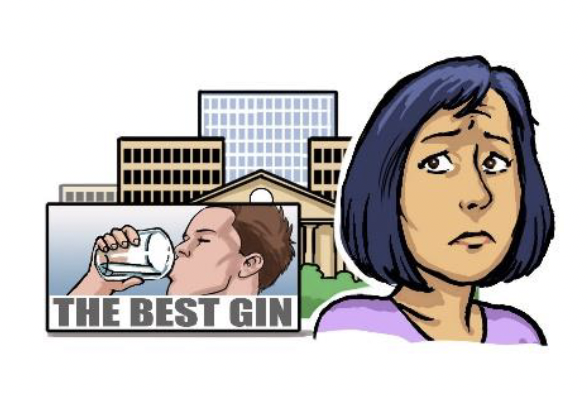
People in Scotland have alcohol advertising all around them as they travel through their villages, towns and cities. They have no choice about this. This includes children and young people, and people who are trying to stop drinking alcohol.
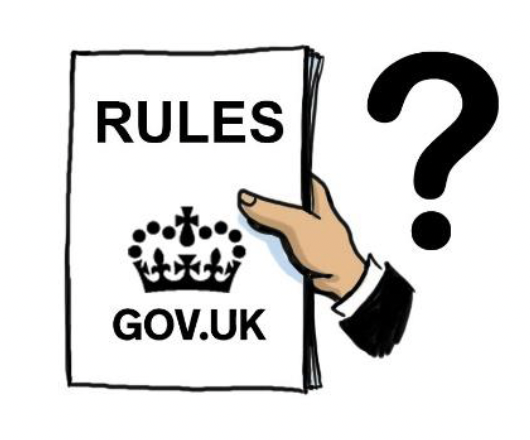
The current rules about outdoor alcohol advertising are very loose and this is allowed in most places. In a survey, 6 out of 10 young people aged 11-19 had seen alcohol billboard advertising in the last month.
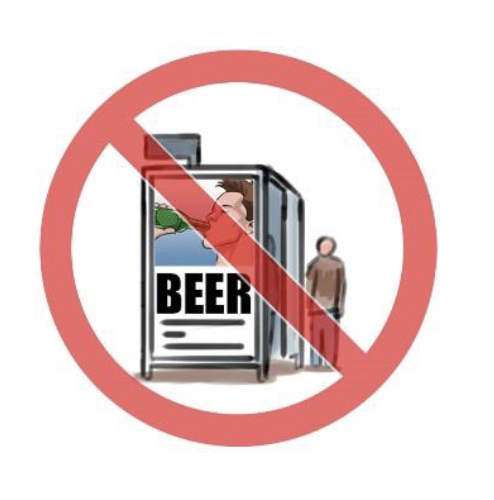
We could completely ban alcohol advertising in public places in Scotland. This would be good for heavy drinkers, those who are trying to stop drinking alcohol and everyone else.
Alcohol marketing in shops
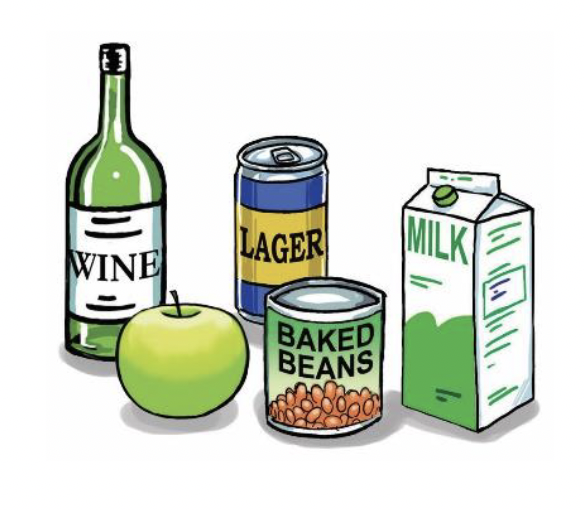
The rules in Scotland say that alcohol can only be displayed and sold in certain parts of a shop. Seeing alcohol in shops might make children think of alcohol in the same way they think about other items sold in the shop. This could include food, clothes, and medicines.
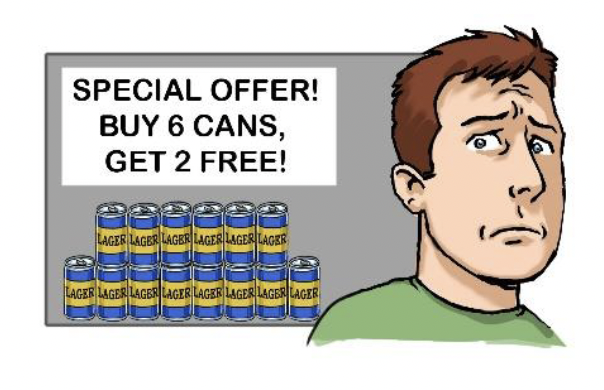
People who are trying to stop drinking alcohol have told us that seeing alcohol in shops is their biggest challenge. It can make them avoid going to shops.
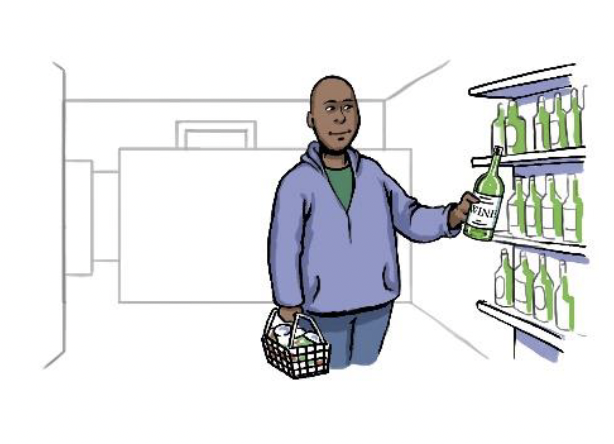
We could ban alcohol from being put in shop windows. We could also make it a rule that the alcohol area has to be near the back of the shop, away from entrances, exits, checkouts, or non-alcohol products. This would mean alcohol products would only be seen by people who want to buy them.
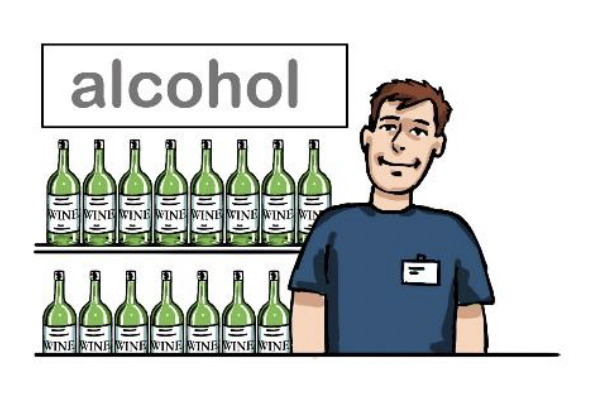
We could go further than this and make new rules that alcohol could only be put in closed cupboards or behind the counter, like cigarettes, or in a closed off area of the shop.
Brand-sharing and merchandise
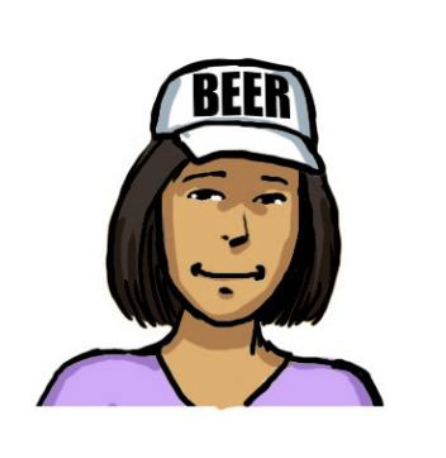
Brand-sharing is when one business' products carry the brand name or logo of another product as a way of advertising. Some alcohol companies put their brand names on merchandise like t-shirts, caps or on glasses. Others use their brand names on products like ice cream or cheesecake.
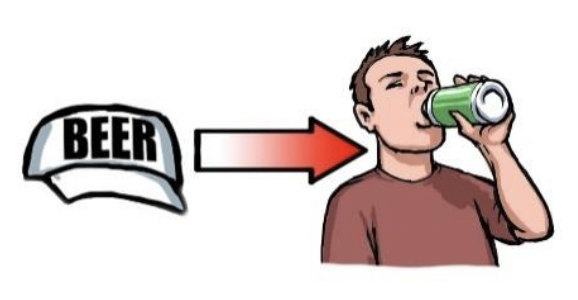
Many young people own branded clothing like t-shirts, jackets and baseball caps. Research shows that those who own these are twice as likely to drink alcohol as those who do not.
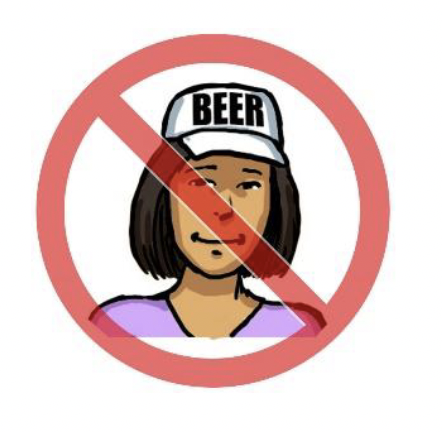
We could ban alcohol merchandise in Scotland.
No or low alcohol drinks
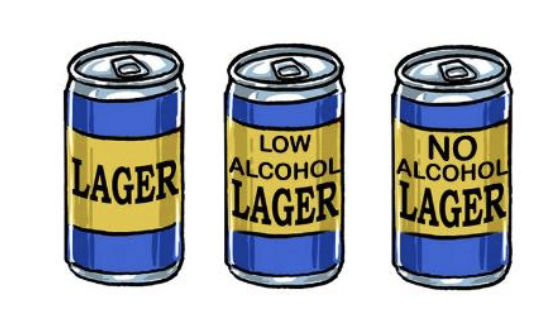
No and low alcohol drinks are getting more and more popular. Several alcohol businesses offer no or low alcohol versions of their main alcohol products.
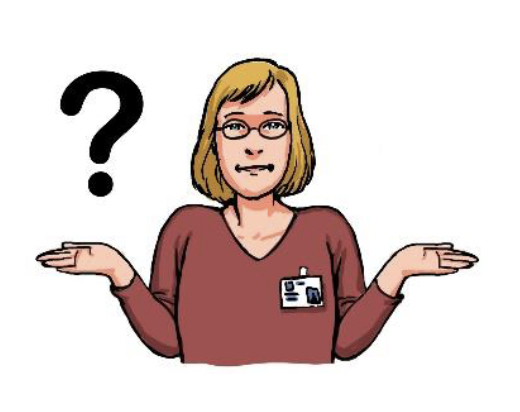
We are not sure if people drink these along with stronger alcoholic drinks or instead of them. We do not know how children or young people might be using these products.
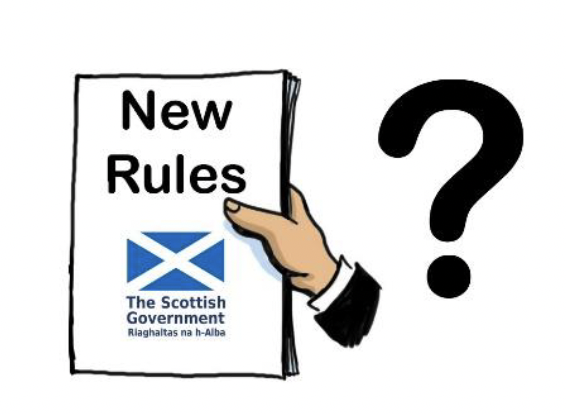
No and low alcohol drinks often feature the same brands as stronger well known alcoholic drinks. We could make sure that any new rules restricting alcohol advertising also cover no and low alcohol drinks.
Print advertising
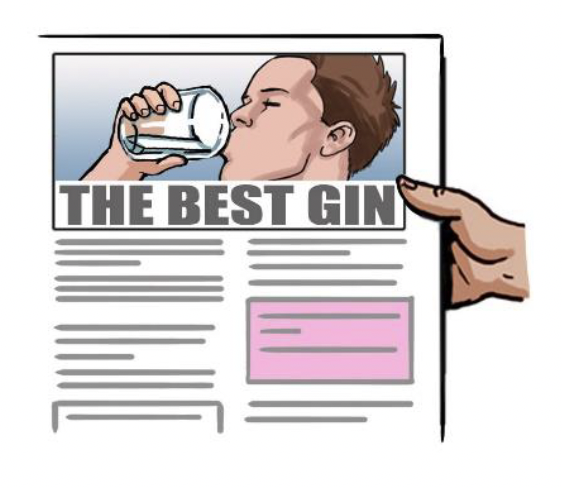
Alcohol is advertised in newspapers and magazines in Scotland. A survey of over 3000 young people aged 11-19 years old in the UK found that almost 1 in 5 of them seen an alcohol advert in newspapers or magazines in the last week.
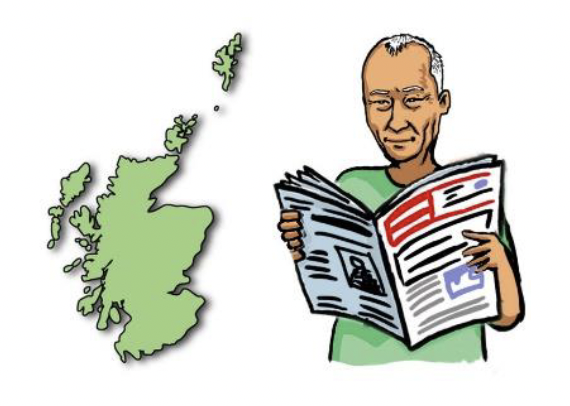
Around a third of adults in Scotland get their news from newspapers. This means alcohol adverts reach a large number of adults. This adds to the overall effect of alcohol advertising in society. It is seen by children and young people, and people who are trying to stop drinking alcohol.
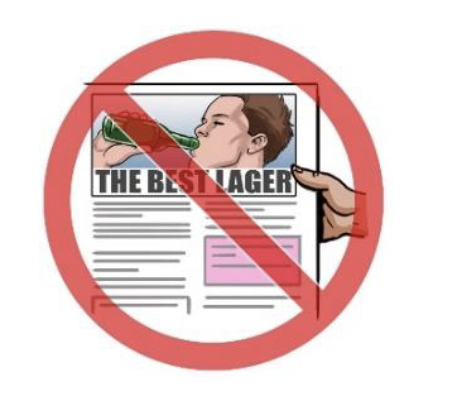
We could ban alcohol advertising in print in Scotland.
Online marketing
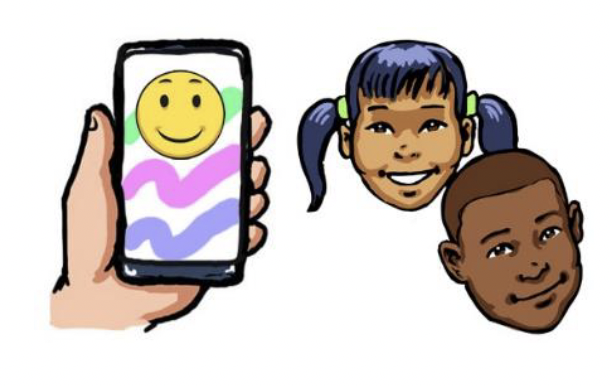
Most children today are active online from an early age. Children and young people are usually the first to use popular websites and apps. Online activities are a way to spread offline marketing like TV adverts on video sharing sites or pop-up adverts.
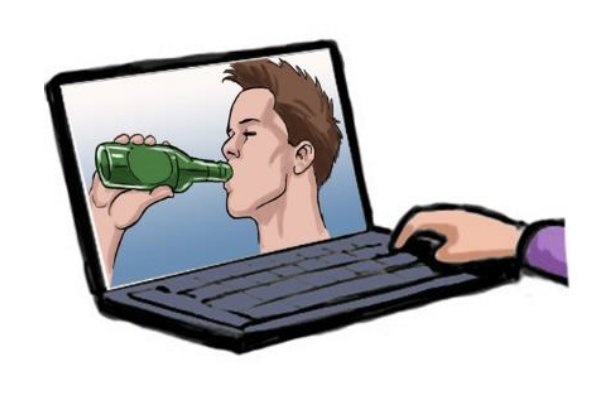
Adverts on TV are the same for everyone watching, but online marketing can be aimed at certain people with certain interests. Alcohol companies post content for people who follow or like them on social media. This high-quality content is designed to make drinking alcohol look as cool as possible and often uses well-known celebrities.
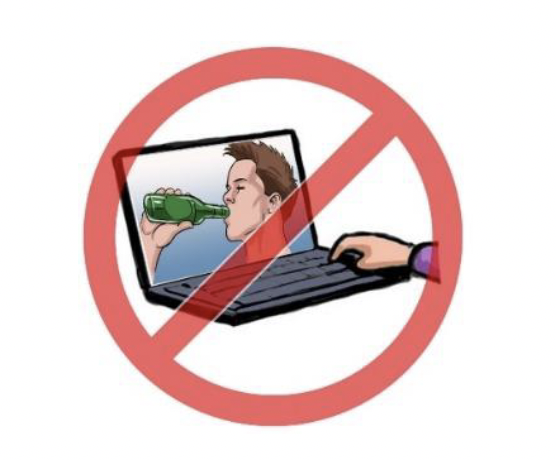
We could take action to reduce or ban online alcohol advertising in Scotland.
TV and radio advertising
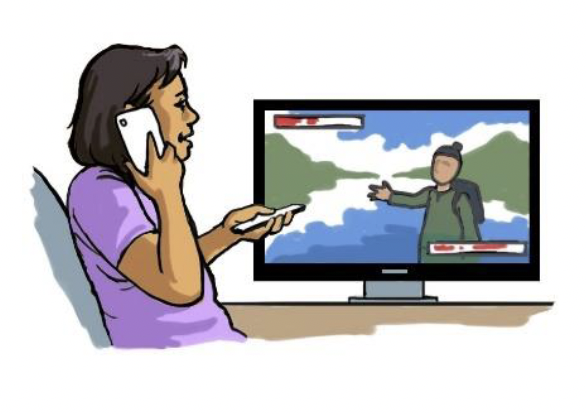
TV viewing includes watching live, on-demand and streaming programmes. Television advertising reaches a large number of people. More older adults watch broadcast television on a TV set. Children are more likely to watch on-demand content.
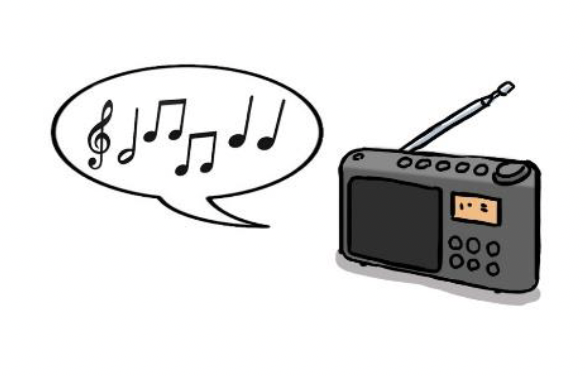
About 3 in 4 adults in Scotland listen to radio every week.
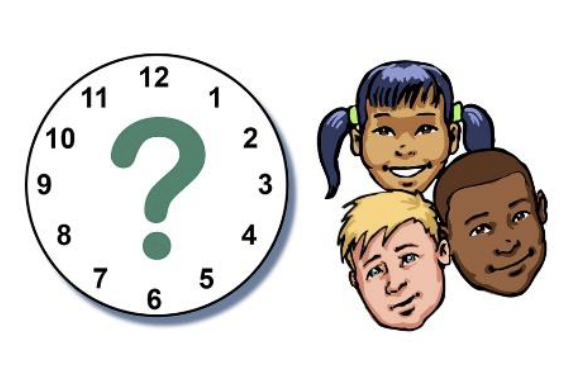
The current rules mean that alcohol adverts are not allowed during programmes aimed at children. But we know that children watch all kind of programmes, not just shows aimed at them.
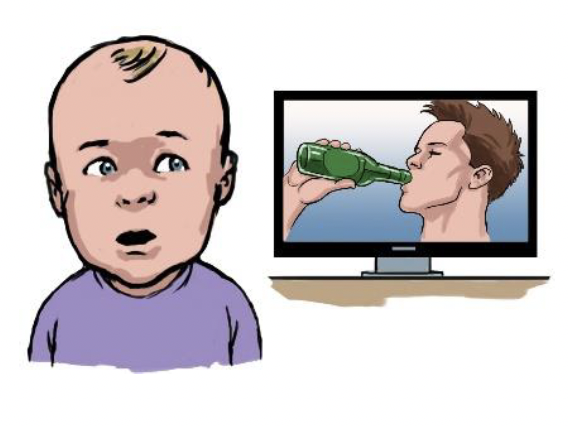
Children's peak viewing time is between 6-9pm. This is when programmes are mostly family or adult programmes. This means some of the shows most watched by children have alcohol adverts.
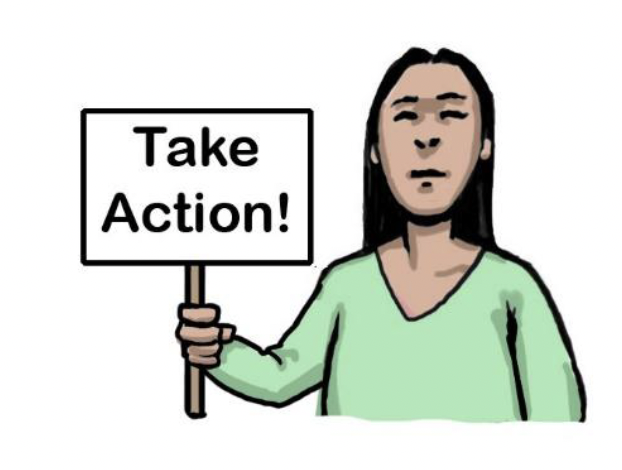
The Scottish Government might not have the power needed to set new rules on advertising on TV or radio. We might need to work with the UK Government to take action on this. One option might be to only allow alcohol adverts on TV and radio at certain times or another might be to ban these completely.
Cinema advertising
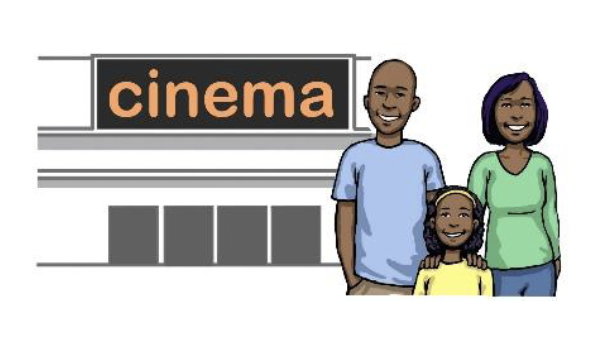
Children and young people enjoy going to the cinema. Families with children in their household are more likely to go to the cinema than those who do not.
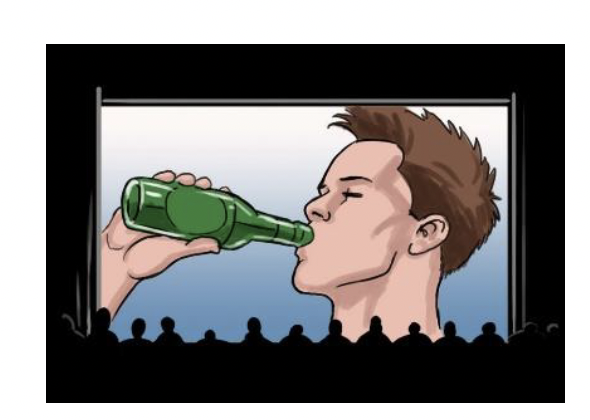
Cinema audiences have to watch adverts before the films start. Around a quarter of 11-19 years olds in the UK said they had seen an alcohol advert in the cinema in the last month.
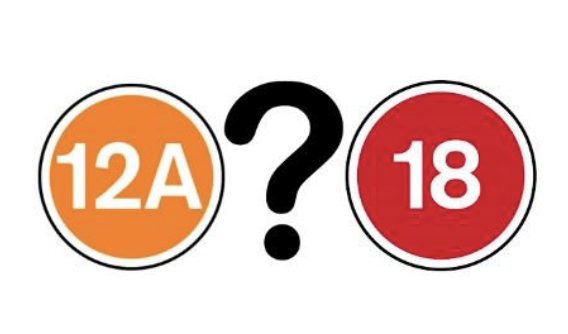
The current rules say any number of alcohol adverts can be shown before an 18 certificate film. Alcohol adverts cannot be shown before a film when a quarter of the audience are likely to be under 18. This still means that many young people see alcohol adverts at the cinema.
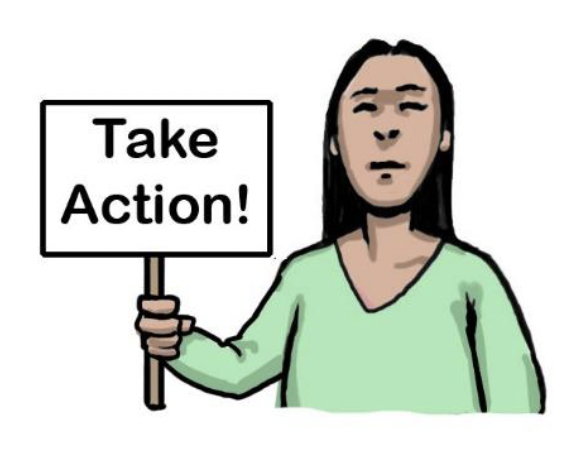
The Scottish Government might not have the power needed to set new rules on advertising in cinemas. We might need to work with the UK Government to take action on this. One option might be to only allow alcohol adverts at films for over 18's or to ban these completely in cinemas.
Rules on the content of adverts
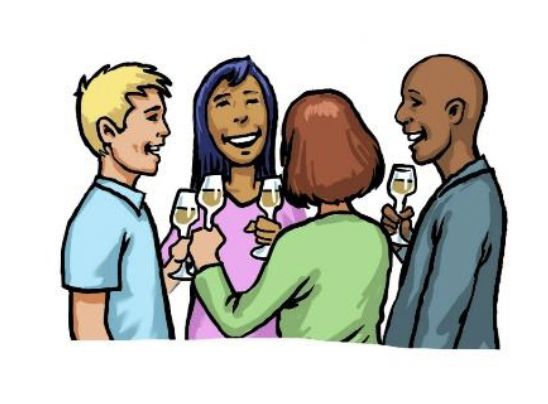
Alcohol adverts often show drinking as glamorous, fun, cool and sociable. We know that this appeals to children and young people, especially if the adverts include music, characters, story and humour.
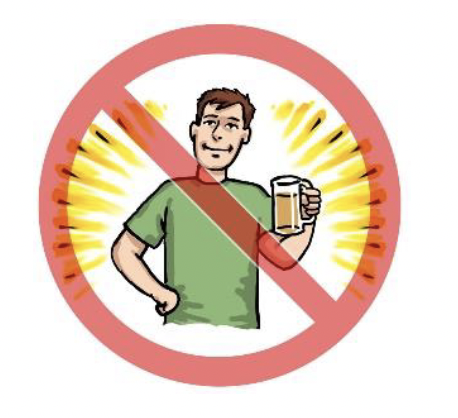
There are rules about the content of alcohol adverts. The adverts are not supposed to suggest that drinking alcohol will make you more confident, popular or successful in life.
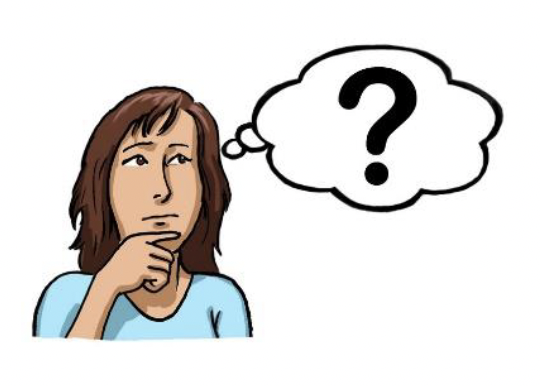
But these rules can mean different things to different people. Children and young people are not involved in decisions about which adverts break the rules.
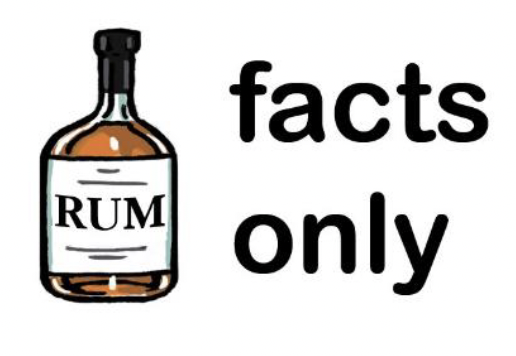
We could limit the content of alcohol adverts so that they are only allowed to include facts. These could include the product's name, where it is made and how much alcohol it contains. This would stop companies from using adverts that are glamorous and fun.
Enforcing the rules
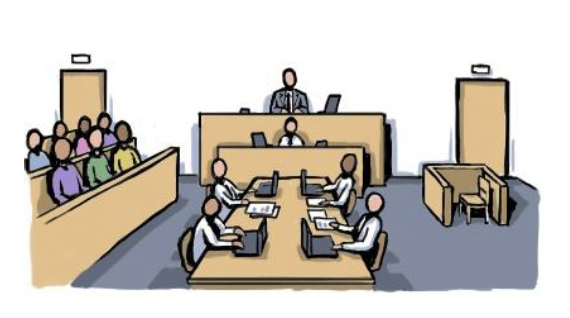
We would have to make sure people followed our rules on alcohol marketing. Companies who break the rules could be fined.
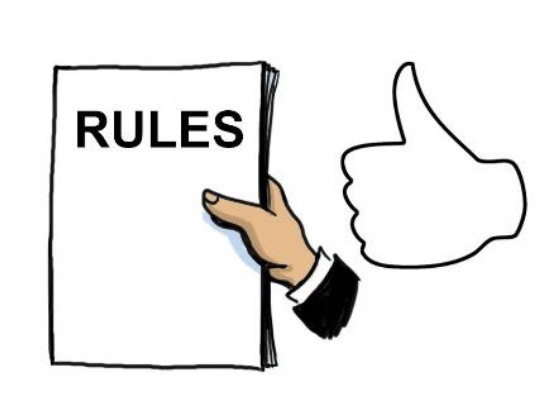
We have seen in other countries that if the rules are enforced and the punishments are strong enough, companies do not break the rules.
Checking results
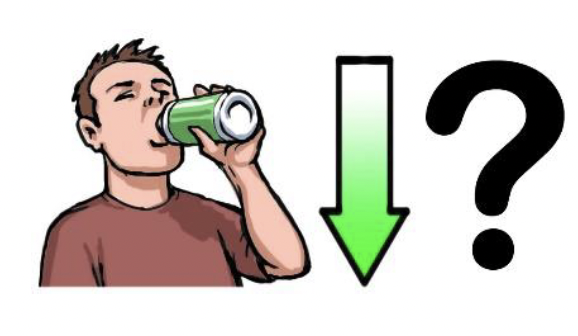
We would check to see if the new rules were reducing the impact of alcohol advertising. We would also check to see if this lowered the amount of alcohol use.
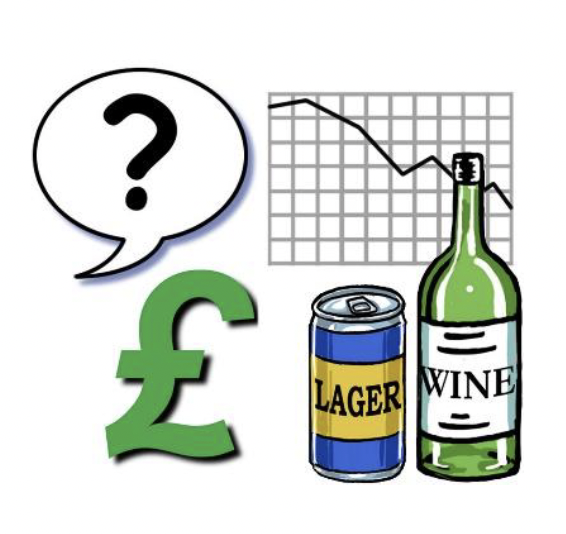
It might helpful if we were able to ask alcohol businesses for information about how much they spend on marketing and how much alcohol they are selling. This would help the Scottish Government to see how changes in alcohol marketing affected sales.
Contact
Email: alcoholmarketing@gov.scot
There is a problem
Thanks for your feedback